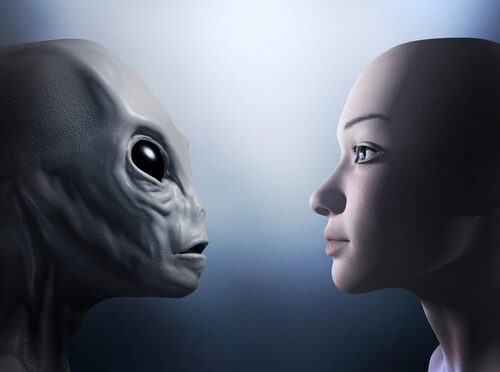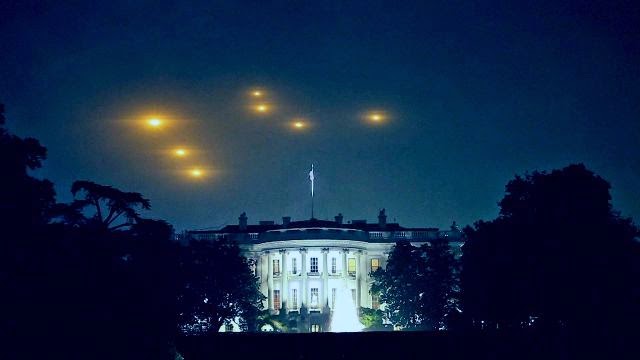It is a question that has long loomed over us as humans, and has had scientists scratching their heads for centuries… Are we alone in this universe?
Recently, it seems as though two scientists undertaking research at the University of Washington might have come to a conclusion on the matter after reworking a decades-old equation used to calculate the possibility of life on other planets.
It turns out, we weren’t looking in the wrong place, just the wrong time.
First Calculations
The Drake Equation was first created in 1961, by Astrophysicist Frank Drake. It was used to estimate the number of advanced civilizations likely to currently exist within the Milky Way.
The Drake Equation calculated of the rate of formation of stars in the galaxy, the fraction of those stars that have a planetary system, and the fraction of civilizations that develop enough to release detectable signals into space, amongst other factors.
The University of Washington scientists, Adam Frank and Woodruff Sullivan, decided to adapt the Drake Equation, asking “Are we the only technological species that has ever arisen?” rather than “How many civilizations exist right now?” This eliminated a lot of guesswork that Drake’s original equation hinged on. Continue reading







